Q&A – Albert Grøndahl
Q: Tell me about your background?
I grew up in the centre of Copenhagen in a family, where most of the members have chosen a creative way of living. My father is a writer, my grandmother was a photographer and my great grand mother was a painter. I’m not saying it was a goal from the beginning but I grew up in a home with a very cultural curiosity towards history and storytelling, and I think that somehow it went along whether I was aware of it or not.
As I understood my choice of studying art, it was very important for me to leave my hometown and live abroad. During my studies I build a base in Prague, Marseille, Jerusalem and Antwerp and I regard all of these cities as home and a strong part of me.
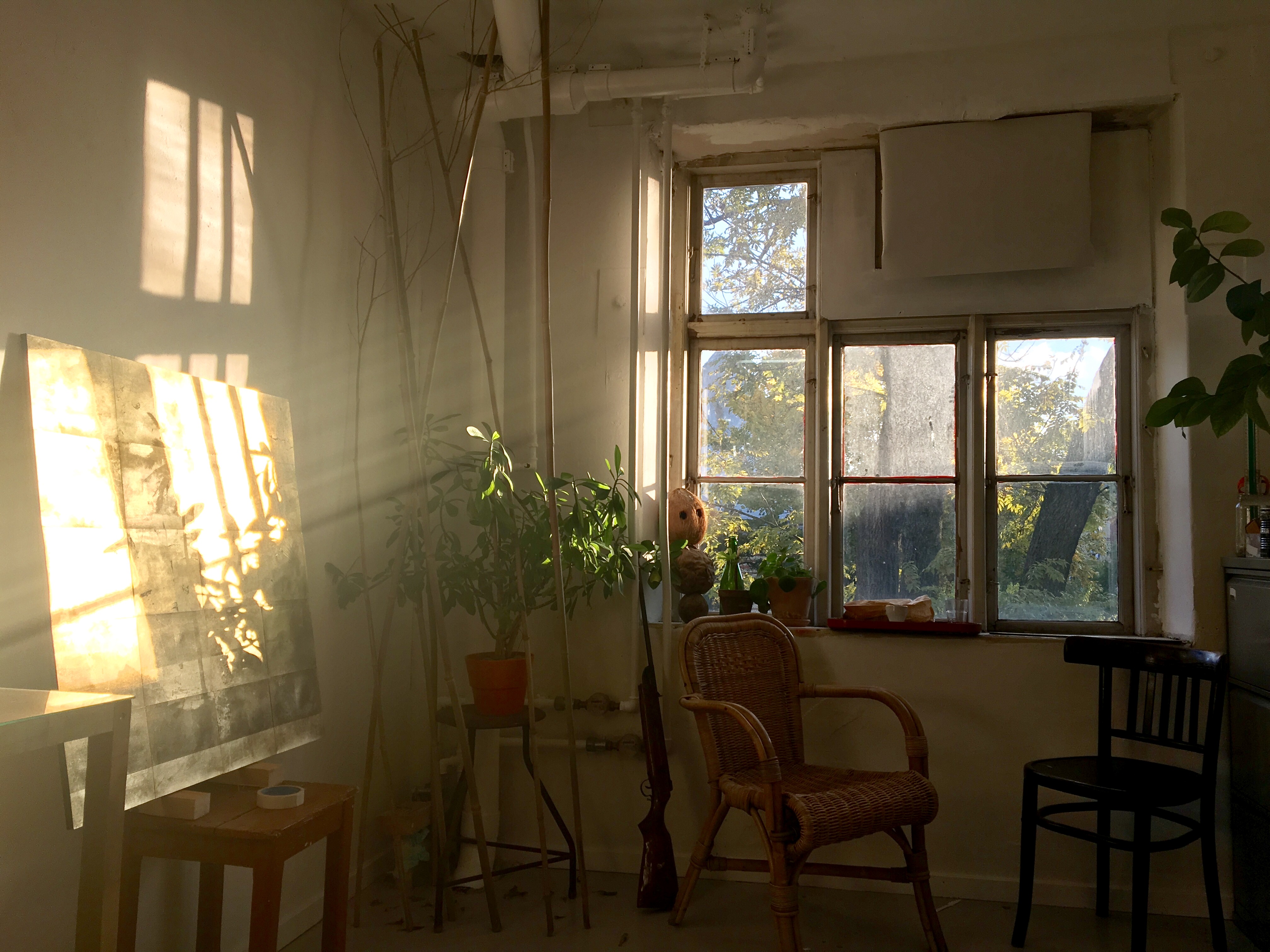
Q: What was the first artwork you made? What / How /Why?
When we were kids, me and my twin brother used to draw maps from the great explorer James Cook. It was pencil and charcoal on brown, used lunchbox paper and we would sell them in school to our history teacher.
Q: Was there a particular moment or event where you decided to become an artist?
I think its difficult to talk about a specific moment but I can recall the time, where I saw process as it glides from a thoughtful mind throughout the hands of a certain craft.
As a kid I would follow my grandmother in her darkroom, which is a small room located with the view towards the Copenhagen canal. We would make contact prints of hands and random negatives.
To stand in this little cave of magic in the red safelight and watch an image appear through the developing bath, was kind of intriguing to the mind of a child. I still feel the same kind of magic today.
After her death I took over the place and its the space, where I develop all my photographic material, it’s a very personal place, a place where you have a dialogue with yourself.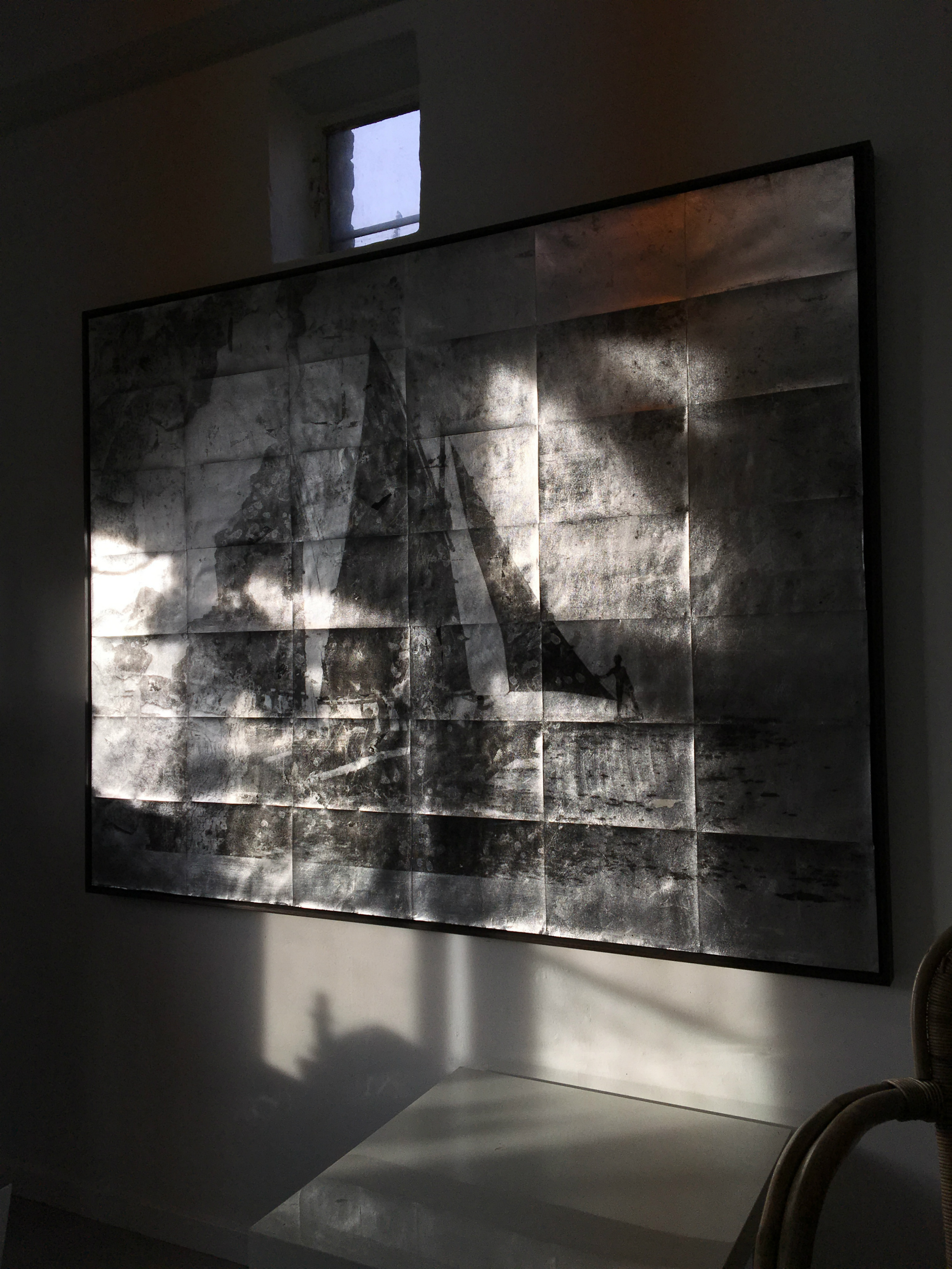
Q: Do you have any routines and or rituals in your daily practice?
The daily practice is very attached to routine and fixed working hours, but the days rarely look the same. If I’m at the studio or the darkroom, espresso is always a companion.
Q: Can you tell me about your new works and the process behind these?
Well, in the new works I’m applying a fictous anthropological approach. The works investigate nature and human existence through motives, which could be seen as testimonials of a journey, fragments of “alien matter”. They represent a photographic momentary experience and exchange between the subject and me. In the process I have left behind the more traditional printing techniques in favour of new methods to communicate recorded impressions, hereunder sculpture and the combination of emulsion on silver.
The interest in the physical part within the silver “technique” returns to the physical elementary of analogue based photography, but the technique itself allows another layer, which is the dynamic between reference and texture. This working process is fully integrated into the motive of each plate allowing a unique non-reproducable surface.
Q: What is most important to you regarding your work: The idea. The image. The process? Or something else?
All of it, but Im mostly aware of it in the end, even the true meaning and idea of the image, I’m not intellectualizing the material so much in the beginning. I tend to save it till the end, not as a starting point.
Here I’m interested in the rawness of intuition, the trail that leads me to the image. The ideas appears within the act of working and making images, personally, its provoked by action, communication and movement, so the most important thing for me must be that life and work are able to have an exchange with eachtoher. The process of working with silverbased photography allows me to let the material rest, I often develop my material a long time after it was captured, this leads me back to the role of the “stranger” and in the darkroom I rediscover.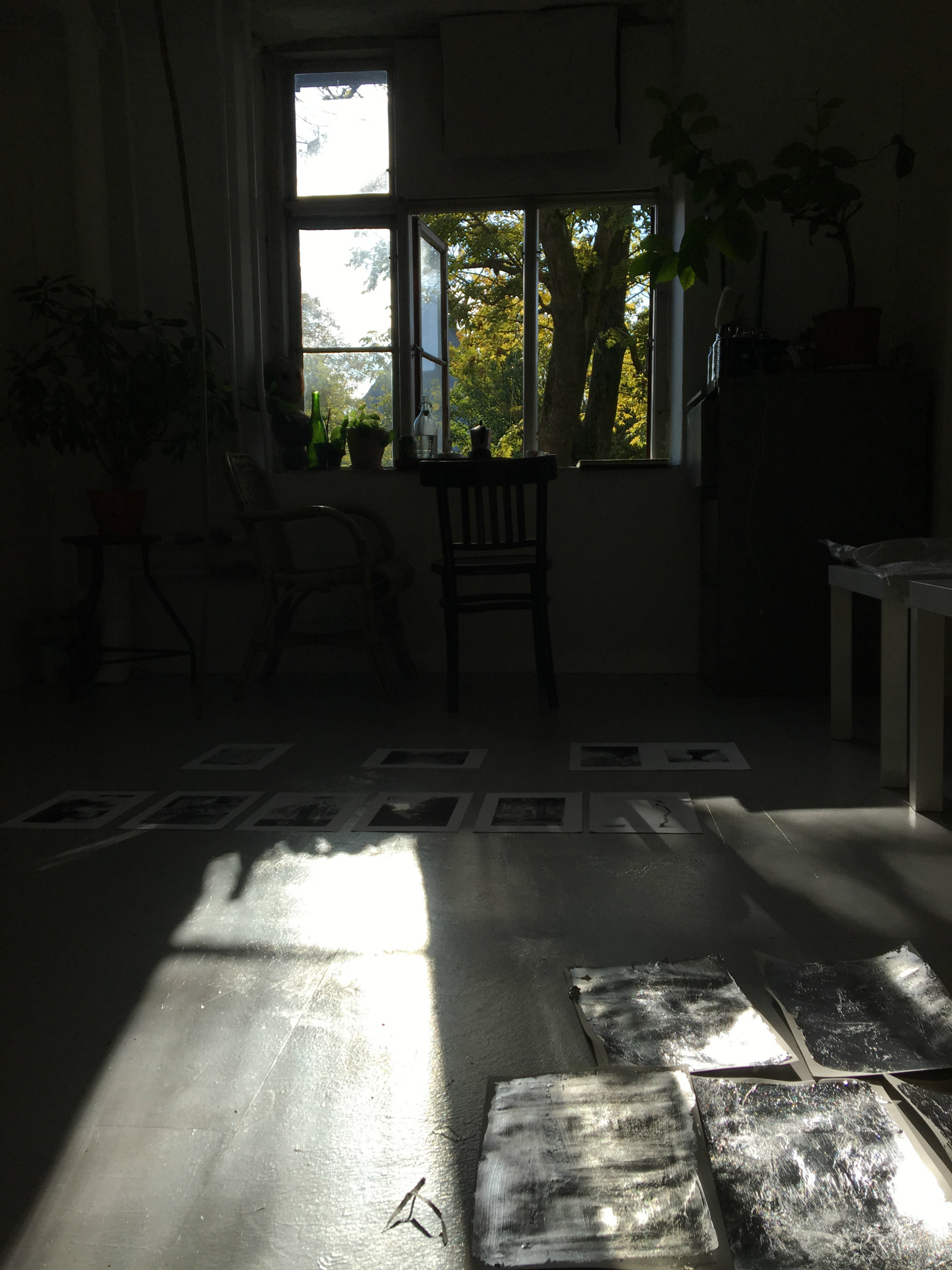
Q: The process and the choice of images, can you tell us more about it?
The choice of motives rarely comes out of preconceived ideas, they appear as I move around and tune in a constant awareness towards my work.
The attention of the motive is important to me and that the motive has an established connection to myself. The motive is the conclusion of a moment and situation that is based upon a personal experience of mine. I like to see myself as a ”collector of experiences”.
Q: What influences you?
In this moment of writing, the flora of Sri Lanka, but in a broader sense, that the photographic tool is a very communicative tool, it is often a gate crasher, a tool of gesture allowing me to visit and explore social and imaginary contexts through a very banal sense of curiosity.
Q: The transformation if I can call it that? From your earlier works, “Photos” – towards a more “painterly photographic” approach in your new works, Can you tell us more about how that came to life?
I’m fascinated by the photographic gesture rather than it’s tradition. I have a fascination of the fact that you can experience and capture a given moment within the same frame of a second. It’s the crucial capture of time and memory, but as I emphasize this fact, I’m interested in new methods that can allow the motive to have a certain exclusivity. Therefore I’m working as you mention in a more “painterly” way, allowing the motive to rest in an unique piece, referring back to the singularity of the captured moment it came from.
Q: Can you let us in on some of the future projects, works?
Among ongoing projects, I have a certain project in Aarhus, Denmark, which is very fixed. Here I’m doing a book and exhibition about a special psychiatric hospital, it’s art achieve and another of it’s secret, yet to be revealed.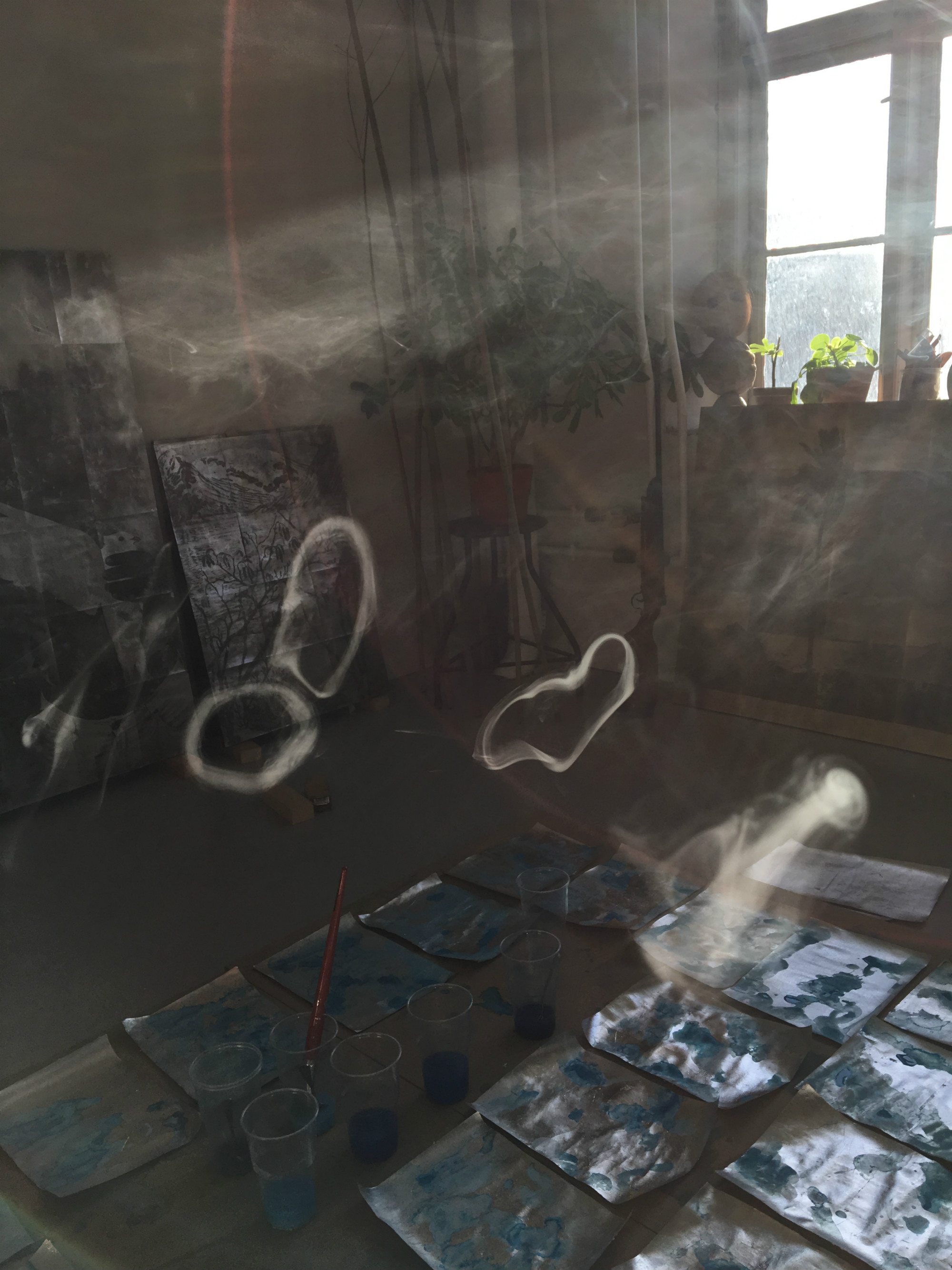
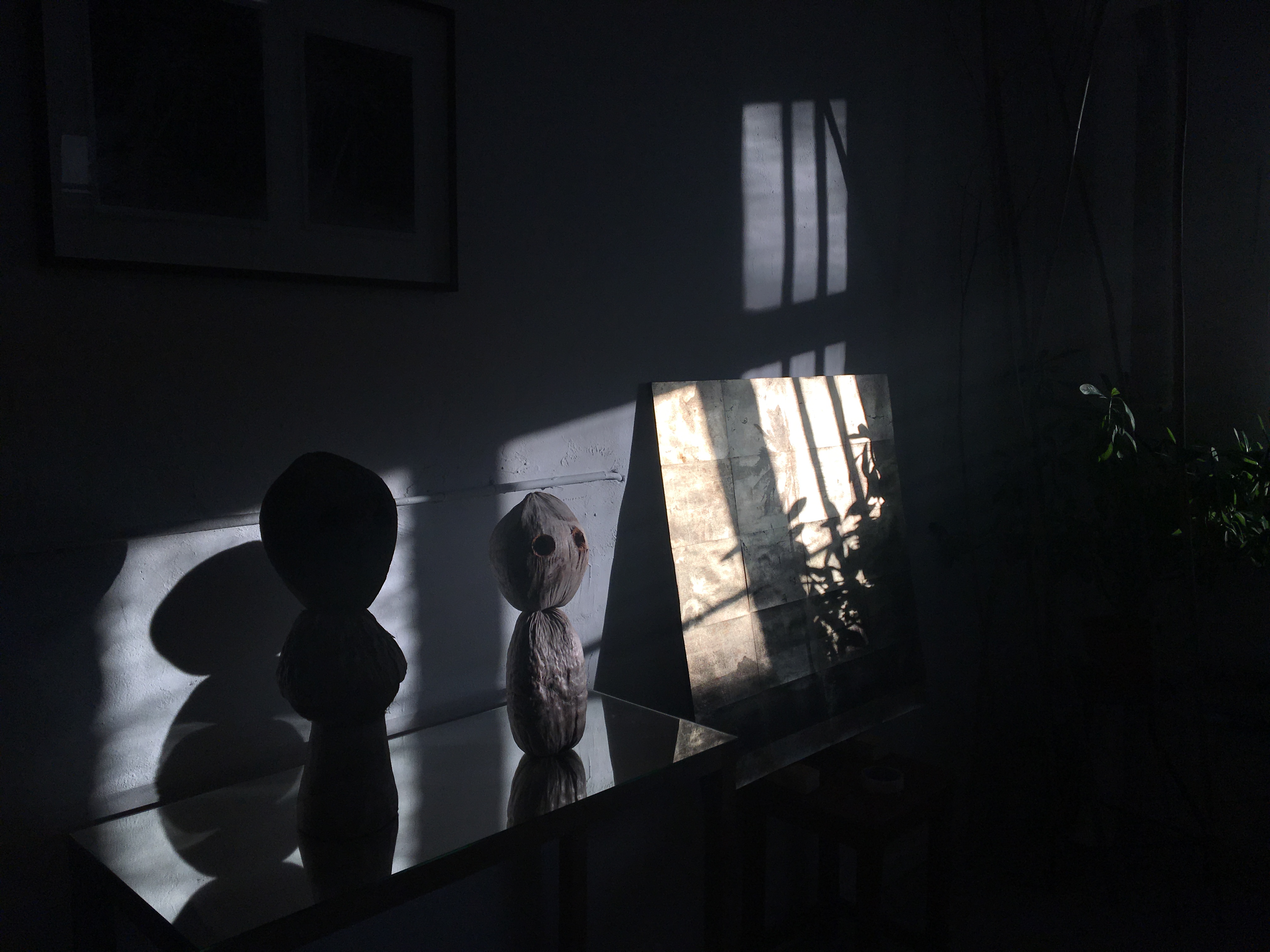
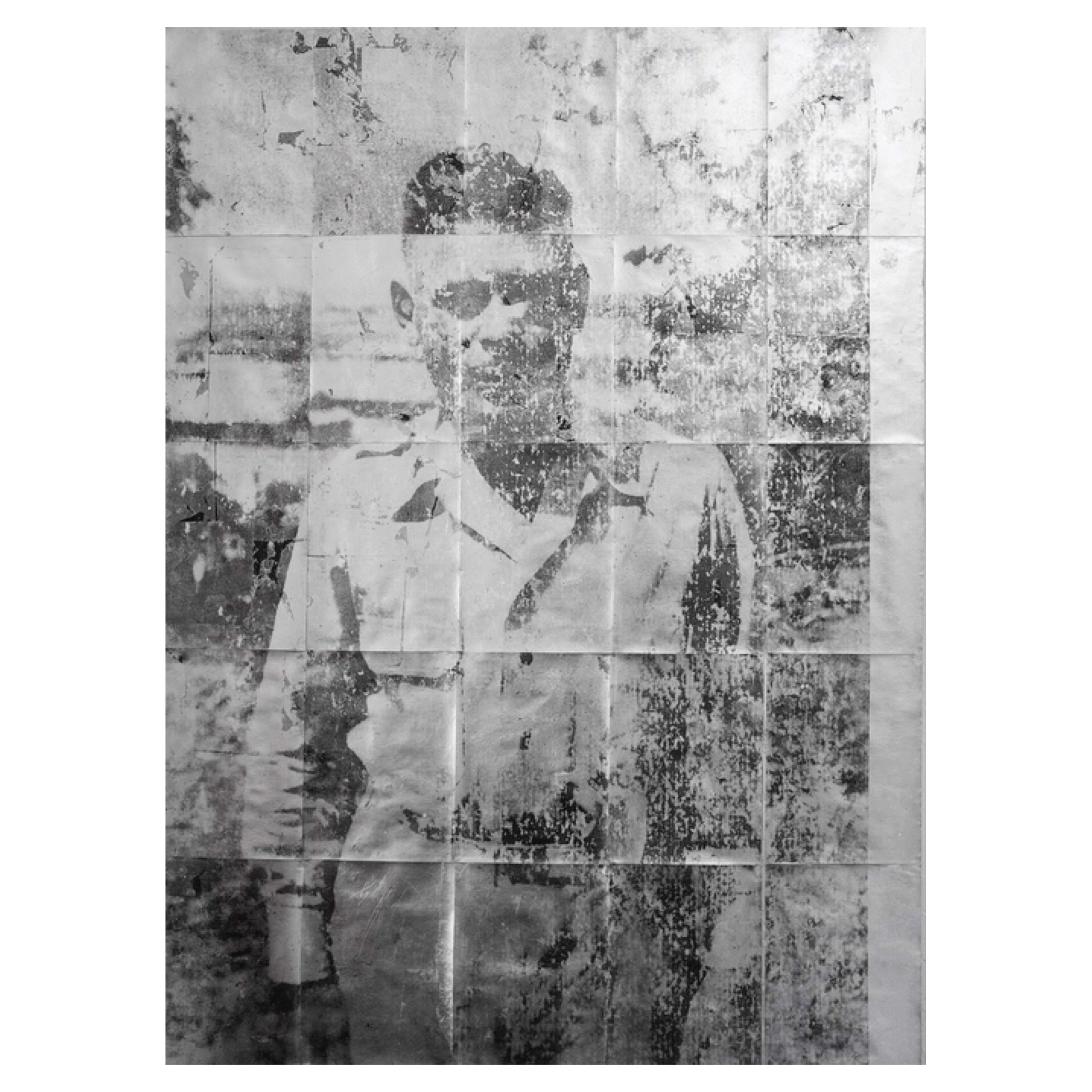

Pingback: Albert Grøndahl on SundayS - Sunday-S Gallery